- +86-19941574798
- sale06@kfqizhongji.com
Heavy Duty Industrial Polyurethane Wheel Production Process
Heavy-duty industrial polyurethane wheels are widely used in logistics, mining, automotive and material handling industries due to their excellent load-bearing capacity, durability, and resistance to wear and corrosion.
The production of heavy-duty industrial polyurethane wheels involves a highly specialized process, combining advanced materials with precise manufacturing techniques. These wheels are widely used in sectors like logistics, mining, automotive, and material handling, thanks to their exceptional load-bearing capacity, durability, and resistance to wear and corrosion. Below is a detailed overview of the key steps involved in the production process.
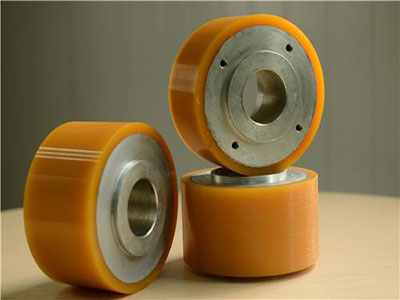
• Material selection and composition
Polyurethane wheels are made from a polymer material that forms when isocyanates and polyols undergo a chemical reaction. Polyurethane offers a balance of flexibility and strength, making it ideal for heavy-duty applications. To optimize performance, additives such as anti-aging agents and flame retardants are incorporated into the material to improve its resistance to weathering and enhance safety.
The core of the wheel typically consists of high-strength steel or alloys, which ensure that the wheel can withstand impact forces and resist corrosion. The preparation of the core is crucial, as it must be clean and free from contaminants to allow proper bonding with the polyurethane layer.
• Core treatment
The core undergoes several preparatory steps before it is coated with polyurethane. First, the core is cleaned to remove any dust, oils, or contaminants. This is followed by sandblasting, which roughens the surface to improve the adhesion between the metal and the polyurethane. A clean, rough surface enhances the bond, ensuring that the coating stays intact during use.
• Polyurethane rubber coating
Once the core is prepared, the polyurethane prepolymer and curing agents are mixed to create a reactive liquid. This mixture is injected into molds that are designed to fit the prepared core. The polyurethane is allowed to cure under controlled conditions, typically at a temperature range of 80–120°c. The curing process is critical to achieving the desired strength and durability of the wheel.
• Vulcanization and curing
The next step involves vulcanization, where high temperatures are applied to form a stable chemical structure in the polyurethane. This step significantly increases the bonding strength between the core and the polyurethane layer. It also improves the wheel's overall resilience to wear, impact, and environmental factors.
• Post-processing
After vulcanization, the wheels undergo post-processing, which includes trimming, grinding, and polishing the surface to achieve the required finish. Hardness testing (shore a/d) is performed to ensure the wheels meet the specific hardness requirements. Additional wear resistance tests may also be carried out to verify that the wheels will perform optimally under heavy loads and abrasive conditions.
• Special processes
To further enhance performance, special processes like vulkollan prepolymer technology and MDI (methylene diphenyl diisocyanate) material applications are employed. These processes improve the tear resistance and overall longevity of the wheels, making them more suitable for high-impact and heavy-duty applications.
The manufacturing process of heavy-duty polyurethane wheels is an intricate blend of material science and precision engineering. From the careful selection of materials to the complex curing and post-processing techniques, each step plays a crucial role in ensuring the wheels' exceptional performance. The result is a high-quality product capable of withstanding the rigors of industrial applications, providing superior load-bearing capacity, wear resistance, and longevity.


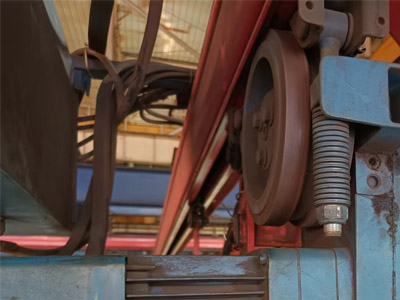
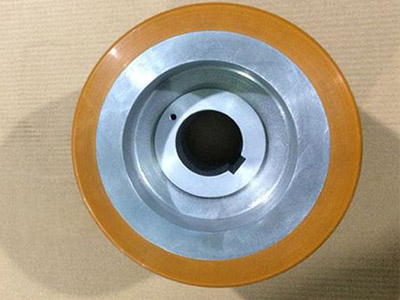
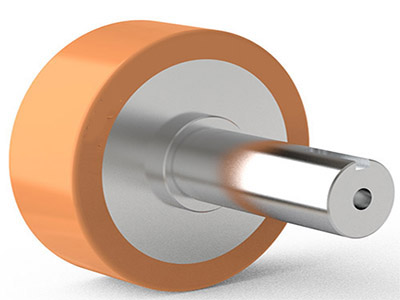
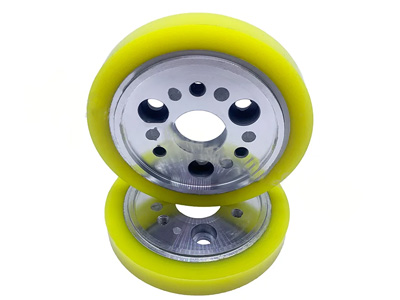
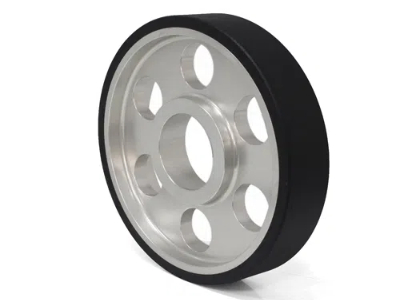
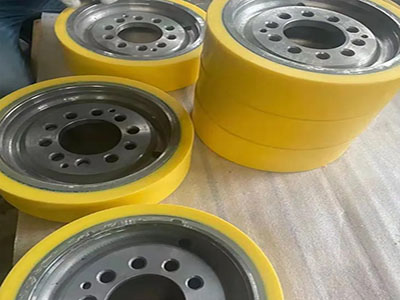
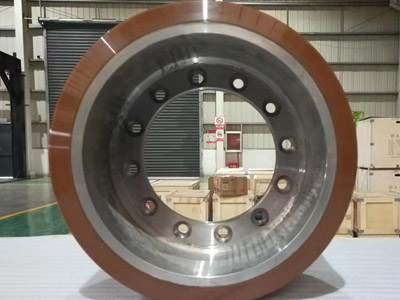
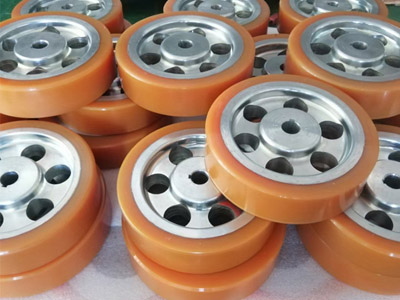



none
Are Outdoor Polyurethane Wheels Good for Use